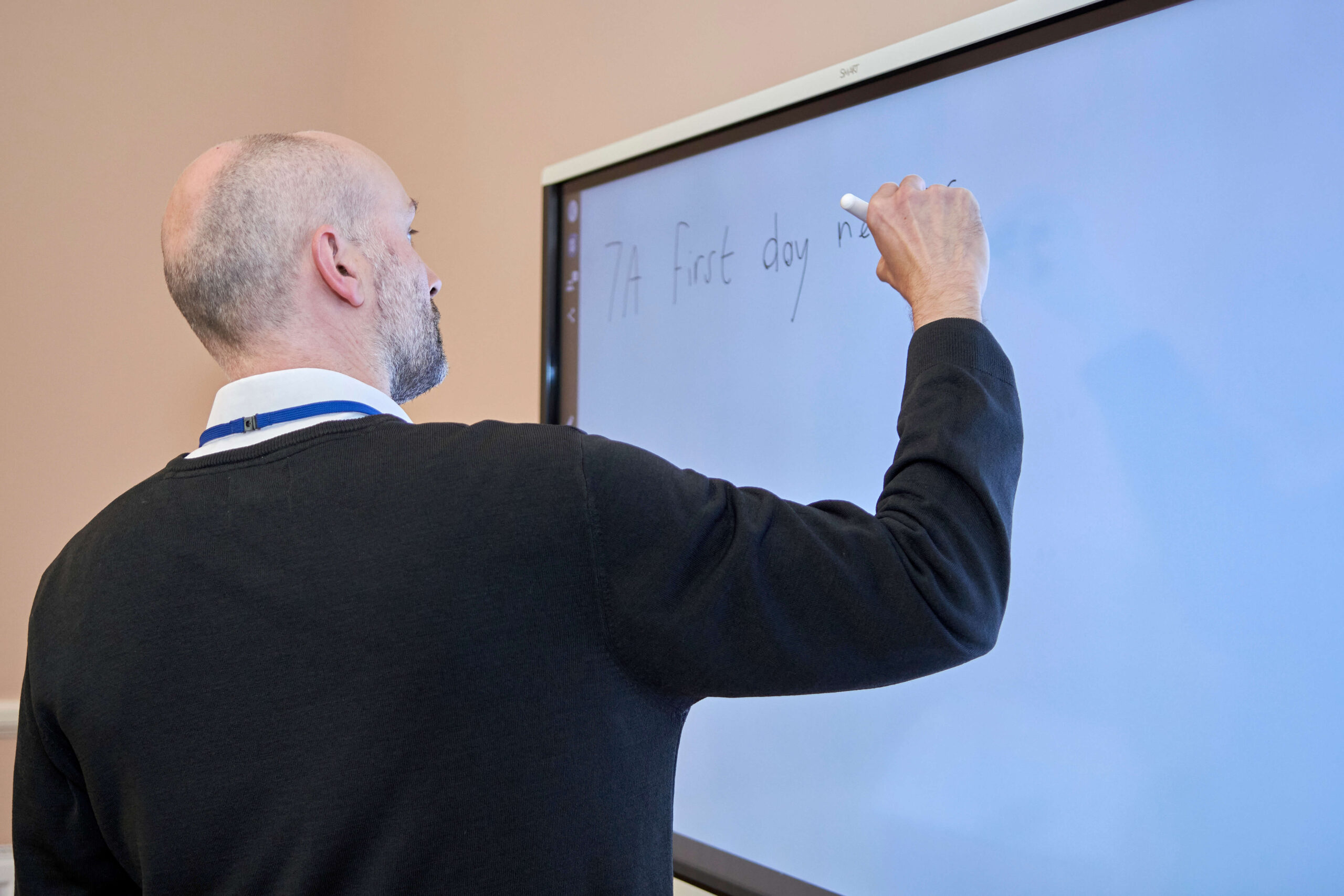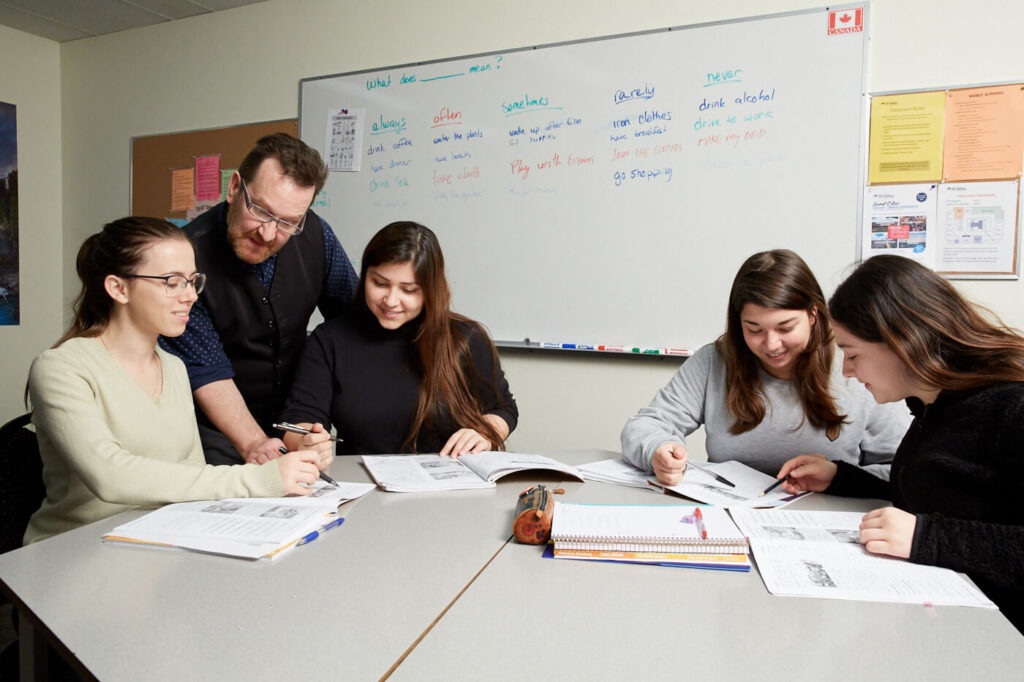
St Giles
How to Teach English as a Foreign Language
Learning another language can be difficult, as is teaching English as a second language for even the most experienced teachers. In order to deliver the best classes, teachers of English need to understand that lessons must be tailored in a way that accounts for cultural differences, language barriers and learning needs.
With years of valuable experience, St Giles has listed several key tips and tricks that can help Teachers of English refresh their lessons and effectively teach their students the key skills of the English language.
5 Tips for Teaching English as a Second Language
1. Patience and Understanding
When teaching English as a second language, it’s important to remember that it can take extra time for certain students to understand the material being taught during lessons. It is important to create a safe and supportive learning environment where students feel comfortable enough to ask for help.
A classroom full of students that feel comfortable and confident in asking questions will only allow you to create more engaging material and tailor your teaching to meet their individual needs. And so, when confusion regarding complex grammar, or new vocabulary, for example, arises, it can be acted upon faster. This will only boost their confidence and their ability to learn further.
2. Keeping Things Simple
It is easy to forget, especially for those who are already fluent in English, how a few extra words in a sentence can confuse those with limited English understanding. For example, there can be a major difference between “Put your shoes away” and “Would you mind placing your shoes on the shoe rack”.
Therefore, when teaching English to beginners it’s best to try to teach and use the simplest sentences and vocabulary. Once a more solid foundation has been created, you can then gradually introduce new English words.
3. Visualisation of Key Topics
It doesn’t matter whether you are teaching kids, teens, or adults; visualisation of the topics helps students understand faster and better. These can range from images/drawings around the classroom, through the whiteboard, and even through handouts. This way, students can quickly identify and relate to the object or activity, which helps them pick up the words outside their native tongue.
4. Fun and Engaging Lessons
Trying to learn and understand a new language can be a long and stressful process, and because of this, sometimes lessons can begin to feel bland and boring, causing a loss of engagement. This is the last thing any teacher wants, which is why it’s important to change it up every now and then to keep things interesting. A great example is dividing the class into smaller groups to act out a small story that they like but in English.
Adding variety and excitement to the learning process will make it easier for your students to understand the English language – making the language barrier easier to overcome.
5. Ensure you have the right and updated qualifications.
Even if you consider yourself fluent in the English language, that doesn’t always mean that you’re already qualified to teach it to others as their second language. Ensuring that you’re properly trained to teach and that this training is as up-to-date as possible will maximise your ability to teach your students.
You’ll find that even the most experienced teachers from all over the world attend teacher training courses to improve their English language skills and teaching methodology.
Teacher Training Courses at St Giles International

The Cambridge CELTA is recognised by the British Council and many employers and governments worldwide. Over the past 50 years, St Giles has taught and trained English language teachers, which has helped students past and present in achieving the Cambridge CELTA.
With the CELTA course, you will be given a structured and practical introduction to teaching – equipping you with the professional knowledge, practical skills, and confidence needed for a career in teaching. Having this certification shows employers that you can:
- Understand the principles of effective teaching, how people learn, and teacher and learner roles.
- Understand how to analyse language for teaching.
- Demonstrate the ability to put your knowledge and skills into practice in a real-world teaching context.
Upon completing the CELTA course, you will be eligible to seek work as a teacher in many countries worldwide, including the UK and the US.
Interested in teaching English as a second language? Why not apply for the CELTA Course now?



